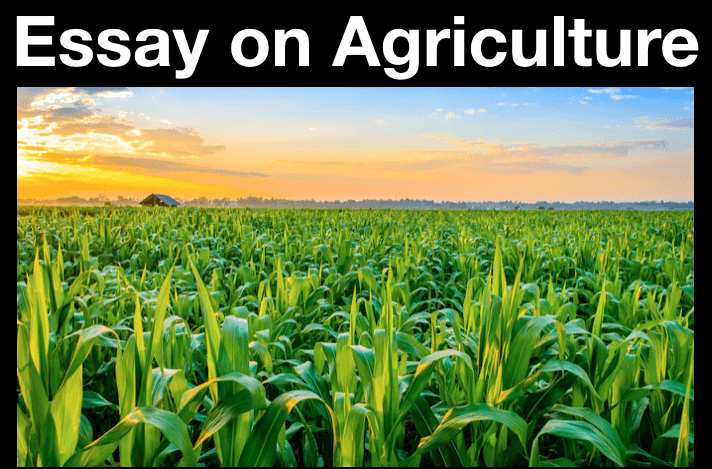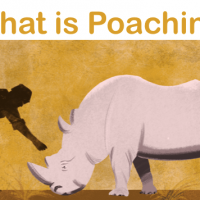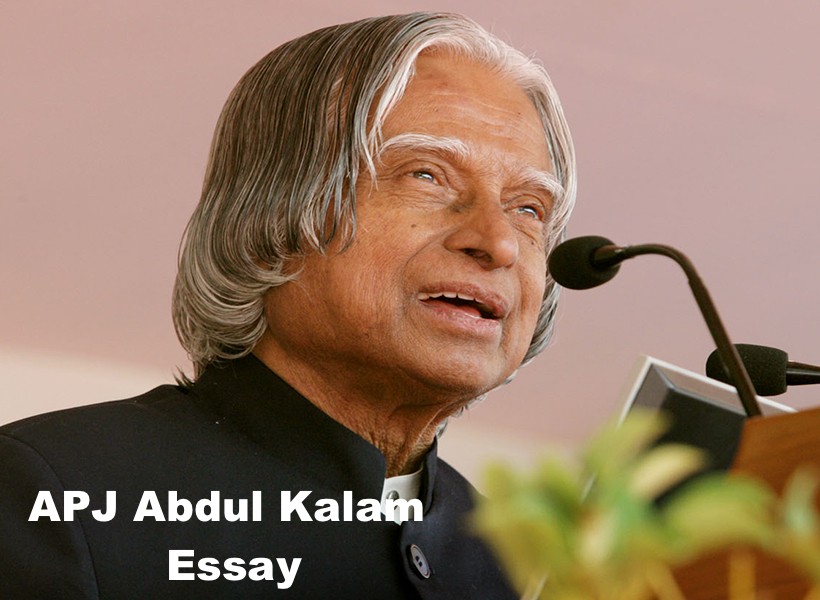Hello Friend This is special category for our small reader who study in school. If they looking for english essay for their school homework or any kind of english essay article then this special category might help you all guyz. in this article we will share Essay on Agriculture in English for all class children and student. Initially we have published 700 word and 1000 word article for Essay on Essay on Agriculture
Essay on Agriculture in English

Agriculture and its ancillary activities together form the largest or principal source of livelihood in India, especially for the country’s rural population. Despite the emergence and growth of the industrial and service sector, the primary sector continues to bind to itself nearly 60% of the country’s population.
From agricultural point of view, India has been blessed with a vast expanse of fertile land rich soils, varied climatic conditions suited for various crops, ample sunshine and a long crop growing season. The net sown area in India today is about 143 million hectares-highest in the world. The Green Revolution of the 196os and the 1970s led to the use of high yielding variety of seeds, chemical fertilisers and modern irrigation facilities which collectively increased the yield per hectare.
Jai Jawan Jai Kisan” meaning hail the soldier and hail the farmer, such was the importance of agriculture in the mind of the then Prime Minister Lal Bahadur Shastri when he gave this slogan in 1965.
Today. India ranks second worldwide in farm output. It is the largest producer of cashew nuts, ginger, turmeric, etc and second largest producer of wheat, rice, sugar and some fruits like mango, banana and papaya..
However, despite the nation making great strides in this sector, the picture is not as beautiful and completely blemish free. Agriculture’s share in the GDP is steadily declining. Between 1970 to 2013, the contribution of agriculture to India’s GDP has fallen from 43% to 13.7% respectively.
There is a gradual exodus of population to the industrial and service sectors respectively. This is not because of reduced importance of agriculture but because this primary sector has become a business of loss. Due to the absence of organised cre he absence of organised credit, farmers often find serves stuck in the clutches of local moneylenders, who cha, exorbitant interest rates for loans advanced By
Secondly, the fate of the farmers is also decided by the whims of monsoon. Thirdly. the distribution or access of infrastructural facilities is quite skewed geographically. Where farmers from states Like Punjab and Gujarat enjoy all help from the Centre, their counterparts in West Bengal, Bihar and Eastern Uttar Pradesh are neglected a lot.Of all the cultivated land, only one-third is actually irrigated. All these factors, coupled with a host of other loopholes. the system, are the key reasons behind the diminishing stake of agriculture in GDP.
But, despite a falling share in GDP, the importance of agriculture for the nation still holds large. The government too, realises that agricultural development is a pre-condition to national prosperity and is leaving no stone unturned in extending all possible aid to revive this sector.
The Centre has launched many new schemes and programmes like National Agriculture Insurance Scheme, Vidarbha Intensive Irrigation Programme and Rashtriya Krishi Vikas Yojana to help farmers. At the same time, it has also proposed some measures like introduction of a minimum support price, proper construction and levelling of roads to ensure timely procurement and supply of the produce.
Also, it has allocated a fat amount for agricultural subsidies to safeguard Indian food production against competition from foreign products in the market. With the above mentioned measures in place and properly implemented, agriculture, hopefully, shall again bloom like the rose of spring and the migration from it to other sectors shall soon slow down or even end.
Also read:
- Essay on Coolie in English
- Airtel USSD Codes 100%
- Vodafone USSD Code
- Essay on Student
- Essay on Teacher
Essay on Agriculture in English
Unlike England which has been completely urbanised, India is still a land of villages. India is an agricultural country. Most of the villagers follow the occupation of agriculture. As such, agriculture is the backbone of Indian economy, great efforts have been made by the government as well as the peasants to streamline the agricultural sector, yet there are several snags in the system.
Though there has been a tremendous increase in the production of agricultural goods, yet, a vast population still is half-fed only. We are living in a strange world that India today is, where even in the period of surpluses and wastage, many hapless people have to starve. Prof. Amartya Sen, world famous Nobel Prize winning economist’s findings have come full circle in India. The celebrated Nobel Laureate says that much depends upon the system. He talks of a particular period when there were a large number of starvation deaths in Africa in spite of availability of a fair amount of food. But in India during that particular period, there were no or fewer starvation deaths in spite of lesser amount of available food. It was because of the system.
The democratic system in India made it possible to make the food reach the needy more easily as even a single starvation death ima democratic system could whip up general public anger and displeasure because of the freedom of the press. A similar power was not available to the media in South Africa where there was no democratic set-up at that time.
There is no doubt that India has made an impressive progress in several spheres, particularly industrial and service sectors. In spite of this, agriculture remains them a in stay of the Indian economy. It is still in agriculture that the largest working force of India is employed. It is estimated that about two-thirds of the country’s total workforce is still employed in the agricultural sector.
Twenty first century must be considered very crucial for India’s agricultural growth. The world is now a small village only as far as the rapid emergence of technological innovations are concerned, particularly in the fields of communication and biotechnology. Genetic engineering is a new phenomenon that can be ignored by any country only at its own peril. Certainly agriculture cannot remain unaffected in such a scenario.
It should be borne in mind that euphoria of bumper crops is just a mirage in certain respects. It is mainly because the country’s population is still growing at an alarming rate. The crucial New resources and means have to be discovered to meet the expanding markets for agricultural produces, while at the same time keeping intact and well-managed the existing systems.
It is heartening to note that India is today the largest producer of milk and second largest producer of wheat, rice, fruits and vegetables in the world. Yet, because of India’s mammoth population, per capita consumption of quality food products in our country is still well below the optimum qualitative quantity required for a healthy populace. Avast segment of our population still lives below the poverty line and the poor, not to speak of the poorest of the poor, can not afford to pay the exorbitant rates of fruits, vegetables, pulses, meat, milk and other nutrient foods. Even to afford simple wheat and rice diet is an uphill task for many.
For the purpose of meeting challenges in the 21st century, all the systems-irrigation, genetics, marketing ,etc. will have to be brought -into full play.
Mere populist measures like free supply of electricity and water to the farmers is not going to solve the problem.What meaning does this measure have when electricity is not available at all or it just suffers from frequent breakdowns? The farmers will preferably like ___to be sure of a regular supply of electricity and water at reasonable and affordable rates. Let the authorities pay full attention to this crucial problem.
Also read:
- Essay on morning walk in english
- Indian Farmer Essay
- Essay on Festivals of India
- Essay on Children’s Day Celebration
- Essay on Baisakhi in English
- Essay on Compressed Natural Gas
- Essay on morning walk in english
- Indian Farmer Essay
- Essay on Festivals of India
- Essay on Children’s Day Celebration
- Essay on Compressed Natural Gas





